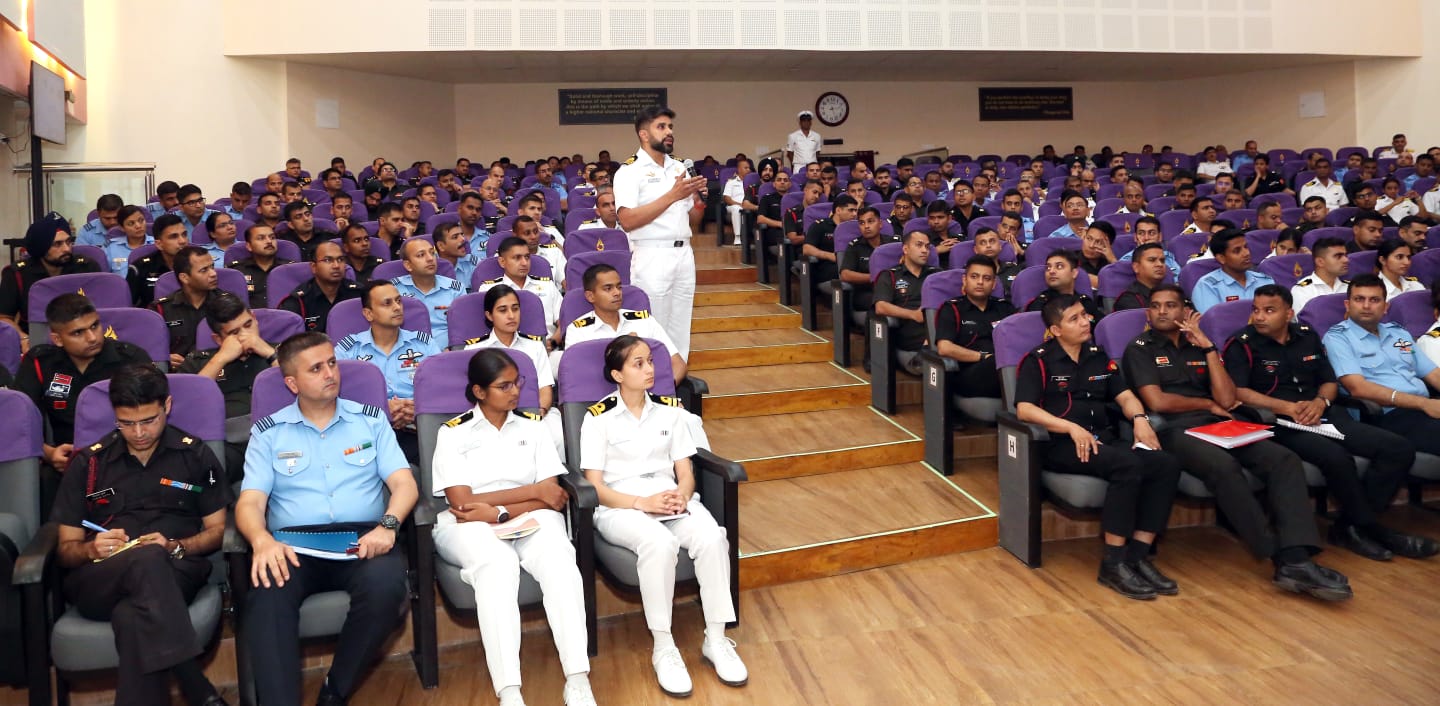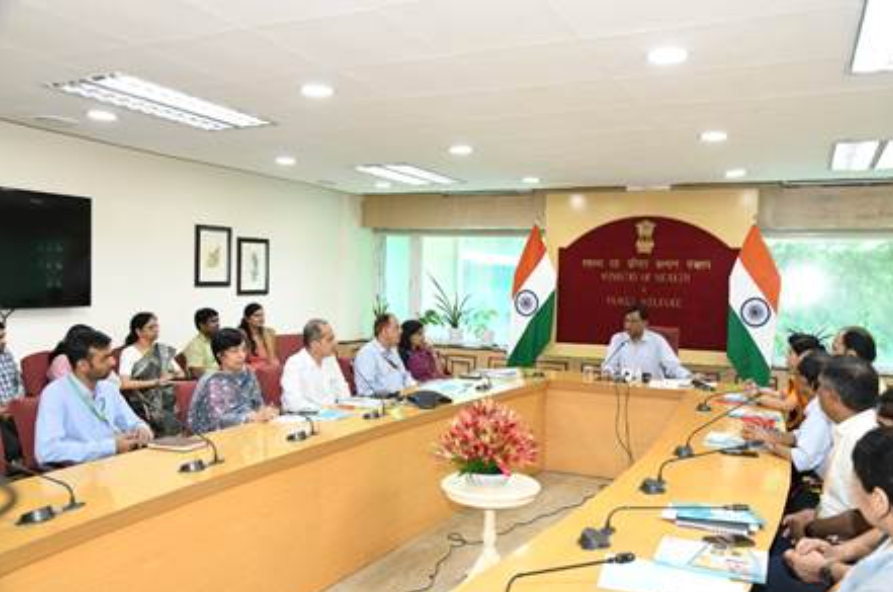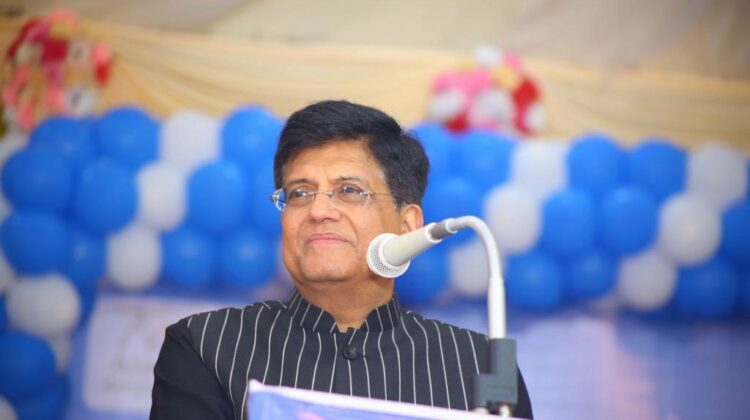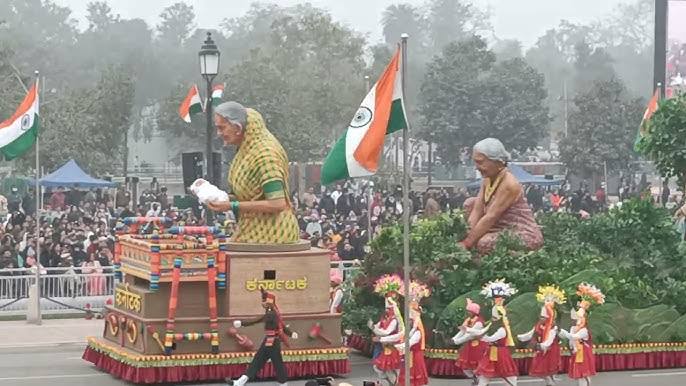February 19th, 2024, marked a watershed moment for the Indian Navy. At the Military Institute of Technology (MILIT) in Pune, Admiral R Hari Kumar, Chief of the Naval Staff, didn’t simply deliver a speech; he sounded a battle cry. His address, Maritime Challenges of India and Indian Navy’s Endeavours, painted a stark picture of the Navy’s current state and charted a bold course for its future – a future demanding radical transformation and unwavering resolve.
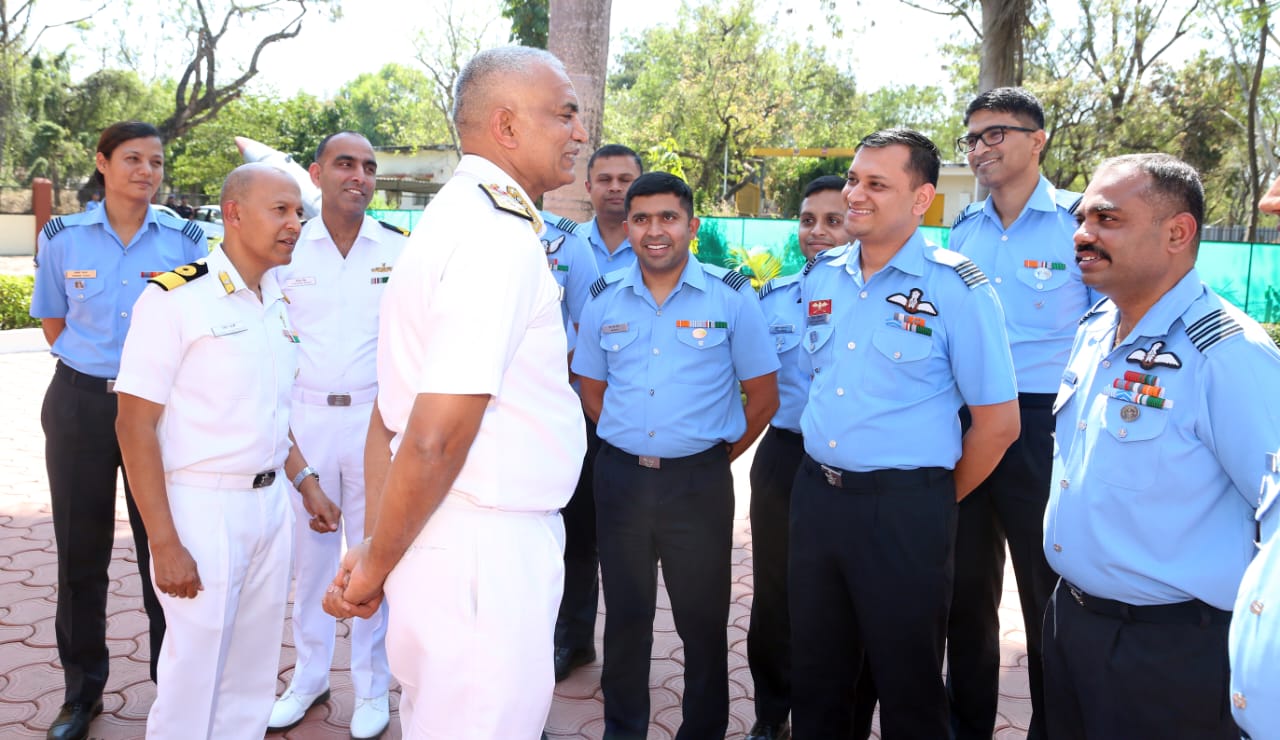 Admiral Kumar’s message was unequivocal: the Navy’s traditional warfighting machinery was ill-equipped to face the emerging paradigms of future conflicts. He urged a complete overhaul, a move away from outdated equipment and rigid strategies towards an agile and adaptable force. This call for reform resonated within the walls of MILIT, a stark reminder that in the face of rapidly evolving threats, stagnation could prove fatal.
Admiral Kumar’s message was unequivocal: the Navy’s traditional warfighting machinery was ill-equipped to face the emerging paradigms of future conflicts. He urged a complete overhaul, a move away from outdated equipment and rigid strategies towards an agile and adaptable force. This call for reform resonated within the walls of MILIT, a stark reminder that in the face of rapidly evolving threats, stagnation could prove fatal.
The Indian Ocean Region (IOR) wasn’t just a geographical location for Admiral Kumar; it was a strategic imperative, a vital artery pulsating with the lifeblood of global trade and security. He acknowledged the interconnectedness of the region, where maritime challenges transcend national borders and impact the entire international landscape. To safeguard this critical waterway, he advocated a two-pronged approach: self-reliance and collaboration. By bolstering indigenous capabilities and forging strong partnerships with regional players, the Navy could ensure the security of its maritime highways and counter rising threats. This emphasis on regional cooperation signalled a move towards a collective security architecture for the IOR, a crucial step in maintaining stability and fostering prosperity in the region.
Embracing the mantra of innovation over stagnation, Admiral Kumar envisioned a future where techno-warriors would be at the forefront of the armed forces. He championed the seamless integration of cutting-edge technologies like artificial intelligence and robotics into warfare strategies. This focus on technological prowess aligned with the Navy’s growing emphasis on indigenous innovation, evident in its стремление к созданию более умного и адаптируемого арсенала. By harnessing the power of technology, the Navy could not only enhance its operational effectiveness but also deter potential adversaries, ensuring its continued dominance in the maritime domain.
The visit to MILIT coincided with the birth anniversary of Chhatrapati Shivaji Maharaj, the revered founder of the Maratha navy. Admiral Kumar’s presence served as a potent reminder of the Navy’s rich heritage and its unwavering commitment to safeguarding the nation’s maritime interests. By commending MILIT’s role in shaping “techno-warriors” from India and allied nations, he underscored the institute’s crucial role in building a future-ready Navy equipped to tackle the challenges of tomorrow.
Admiral Kumar’s message resonated far beyond the walls of MILIT. It served as a powerful impetus for the entire security community. He underscored the imperative of modernization, regional cooperation, and technological innovation as the guiding principles for navigating the complexities of the future maritime landscape. The Navy’s ability to adapt and embrace change will be key to ensuring its continued role as a guardian of the seas and a vital pillar of India’s national security.
The journey ahead will undoubtedly be fraught with challenges. Resource constraints, geopolitical complexities, and the ever-evolving nature of maritime threats will continue to test the Navy’s mettle. However, Admiral Kumar’s resolute stance and emphasis on strategic transformation offer a beacon of hope. By harnessing the power of technology, forging regional partnerships, and embracing a culture of innovation, the Indian Navy can weather these storms and emerge as a stronger, more agile force, ready to secure its maritime frontiers and navigate the choppy waters of the future.
This is not just a voyage of necessity; it’s a voyage of transformation, a journey towards a future where the Indian Navy stands tall as a symbol of strength, security, and prosperity, not just for India, but for the entire Indian Ocean Region. The waves of change have begun to ripple, and with Admiral Kumar’s leadership and the commitment of its personnel, the Indian Navy is poised to ride them towards a more secure and prosperous future.

